MagSafe Magnet Customisation Solutions
MagSafe wireless charging technology was introduced for the first time on the iPhone 12 models, and subsequent models have continued to use MagSafe magnet technology. It features a dense array of ring-shaped magnets that precisely attach to wireless chargers, extending into a rich ecosystem including phone stands, car magnetic mounts, wallets, battery packs, and more, enabling a quick “snap” attachment function. If you have innovative MagSafe DIY ideas, feel free to contact us. we’ll provide strong technical support to help turn your concepts into the next benchmark products leading the market.

Why Are MagSafe Magnets So Popular?
 The biggest feature of MagSafe magnets is their quick attachment via magnets to enable charging, eliminating the tedious steps of traditional wired charging. The magnetic design avoids port wear from repeated plugging and unplugging and prevents phones from slipping during charging. Additionally, due to the strong suction of the magnets, it is widely used in numerous third-party accessory ecosystem modules, such as car mounts and photography accessories, bringing great convenience to people’s lives. Currently, MagSafe is not just an Apple patent; similar magnetic technologies have spread to the Android camp, driving industry standardisation.
The biggest feature of MagSafe magnets is their quick attachment via magnets to enable charging, eliminating the tedious steps of traditional wired charging. The magnetic design avoids port wear from repeated plugging and unplugging and prevents phones from slipping during charging. Additionally, due to the strong suction of the magnets, it is widely used in numerous third-party accessory ecosystem modules, such as car mounts and photography accessories, bringing great convenience to people’s lives. Currently, MagSafe is not just an Apple patent; similar magnetic technologies have spread to the Android camp, driving industry standardisation.
The Development History of MagSafe
In 2006, at the Macworld conference stage, Steve Jobs first launched the MacBook Pro equipped with MagSafe technology, calling it a “great innovation.” This technology automatically attaches the charger to the MacBook. By 2012, MagSafe underwent its first revision, mainly optimising the shape design to make it slimmer and lighter than the first generation. Fast forward to the 10th anniversary of MagSafe (2016), the anticipated third-generation update was shelved, replaced by the universal USB-C port. In 2020, the new version of MagSafe debuted on the iPhone, ushering in the wireless era. As of now, MagSafe magnets have matured, with charging power upgraded (up to 25W), spawning numerous accessory ecosystems, and a market value exceeding $10 billion.
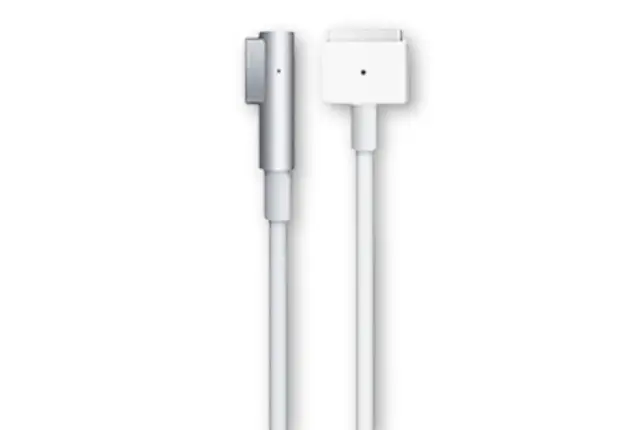
2006
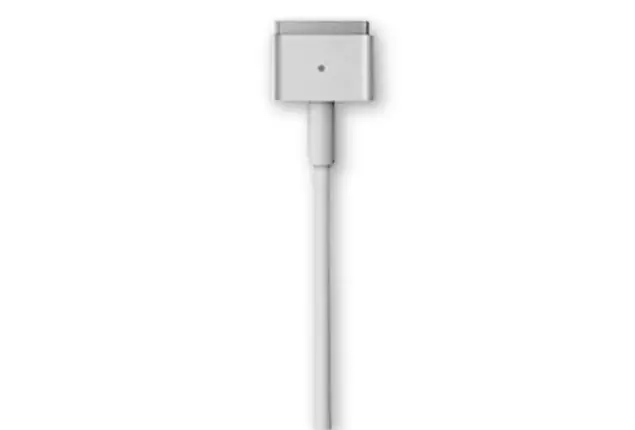
2012
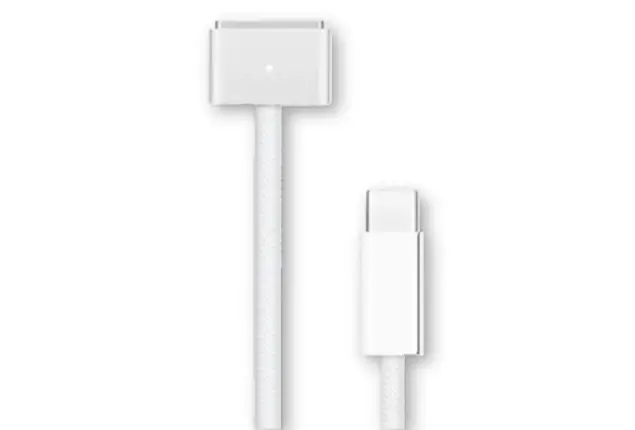
2016
2020-The-Development-History-of-MagSafe.webp)
2020

Now
| Year | Event Description |
|---|---|
| 2006 | Steve Jobs first introduced MagSafe at the Macworld conference as the standard charger for MacBook Pro. |
| 2012 | MagSafe 2 version released with a slimmer design. |
| 2016 | MagSafe "phased out," replaced by USB-C. |
| 2020 | New version of MagSafe debuted on iPhone, ushering in the wireless era. |
| As of Now | New version of MagSafe standardized with power enhancements. |
Working Principle of MagSafe Magnets
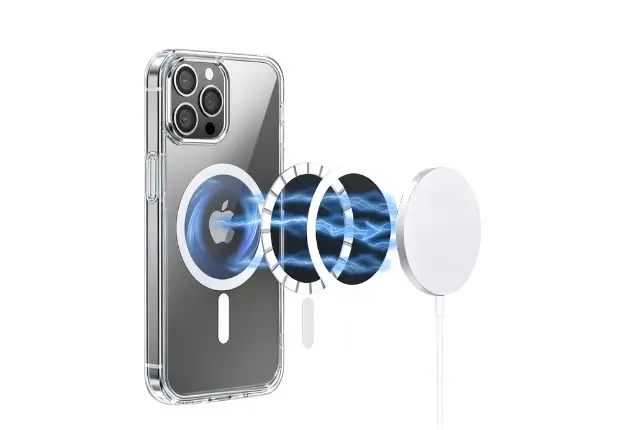
Application Fields of MagSafe Magnets
MagSafe magnets started as magnetic charging tools and have evolved into modular platforms for consumer electronics, travel, photography, and other fields. Below are common applications:

Charging & Power

Phone Accessories

Travel & Car Mounts
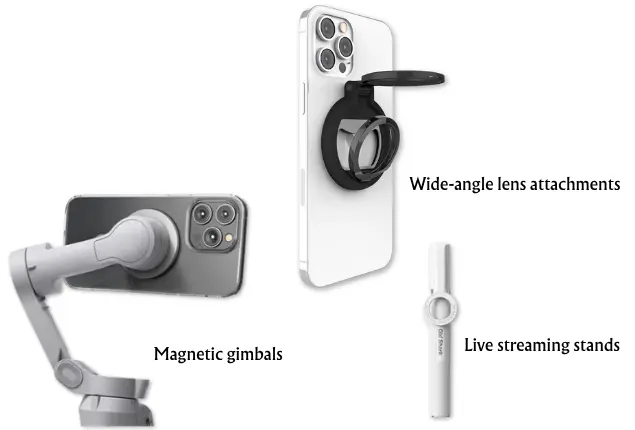
Photography Creation

Office Productivity
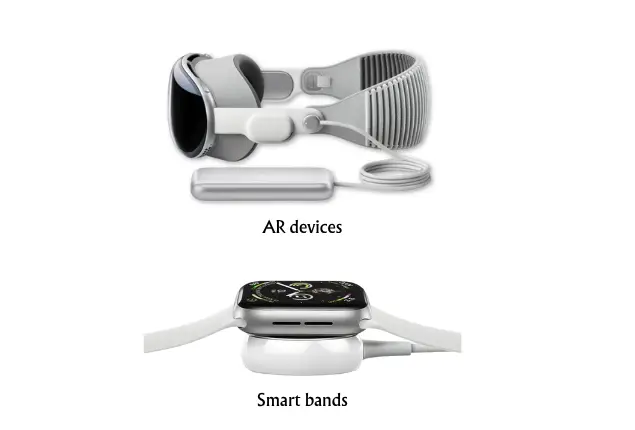
Emerging Wearables
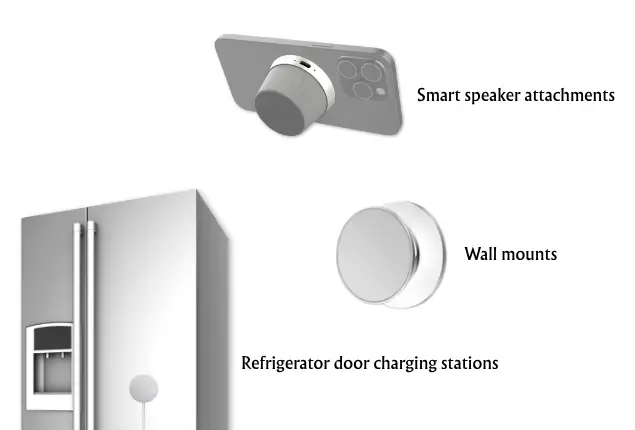
Smart Home
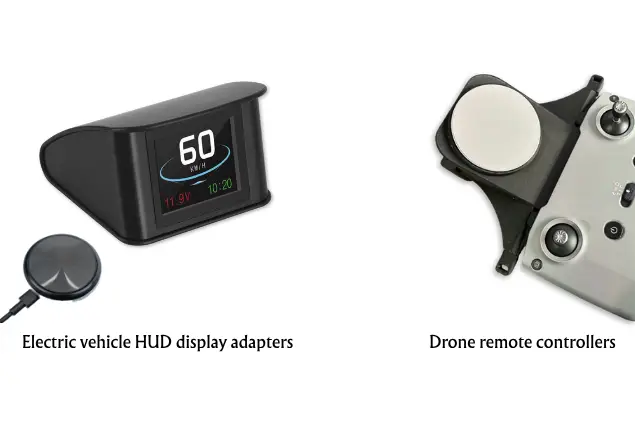
Industrial
| Application Field | Typical Applications |
|---|---|
| Charging & Power | Wireless chargers, magnetic portable power banks, desktop multi-device charging stations |
| Phone Accessories | Magnetic phone cases, phone stands, controller adapters, magnetic wallets |
| Travel & Car Mounts | Car mounts, car charging systems, bicycle magnetic holders |
| Photography Creation | Magnetic gimbals, wide-angle lens attachments, live streaming stands |
| Office Productivity | Mouse adapters, desktop keyboard stands, multi-screen magnetic holders |
| Emerging Wearables | AR devices, smart bands, blood oxygen monitors |
| Smart Home | Refrigerator door charging stations, smart speaker attachments, wall mounts |
| Industrial/Cross-Industry | Electric vehicle HUD display adapters, drone remote controllers |
Differences Between MagSafe Charging and Qi2 Charging
The MagSafe standard applies only to MagSafe devices, meaning only iPhones. Qi2 is a broader standard that is very similar, and all iPhone 13 and later models are compatible with Qi2. MagSafe chargers can only charge MagSafe devices at 15W power. Other devices will charge according to the Qi1 standard, limited to 7.5W. Qi2 chargers work with all Qi2 devices, currently only iPhone 13 and later models. It will charge these devices at 15W, while other Qi2 devices will charge at their Qi1 speeds. However, Qi2 is backward compatible. If your device isn’t Qi2-certified, you won’t achieve its full charging speed. For non-iPhone users, a MagSafe charger essentially functions as an inexpensive Qi charging pad, making it a purchase necessary only for iPhone owners.
Which iPhone Models Are Compatible with MagSafe?
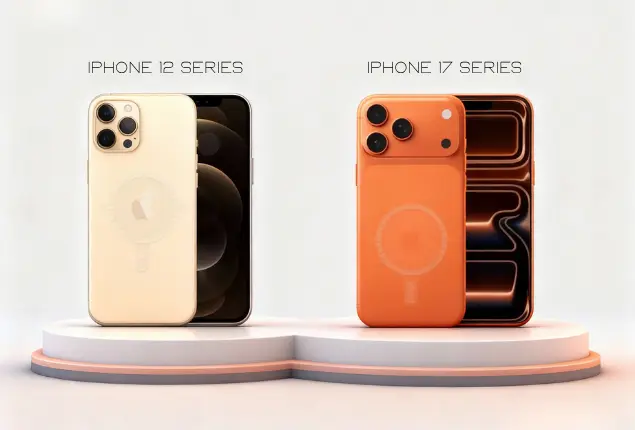
| iPhone Series | Specific Models |
|---|---|
| iPhone 12 Series | iPhone 12, 12 mini, 12 Pro, 12 Pro Max |
| iPhone 13 Series | iPhone 13, 13 mini, 13 Pro, 13 Pro Max |
| iPhone 14 Series | iPhone 14, 14 Plus, 14 Pro, 14 Pro Max |
| iPhone 15 Series | iPhone 15, 15 Plus, 15 Pro, 15 Pro Max |
| iPhone 16 Series | iPhone 16, 16 Plus, 16 Pro, 16 Pro Max |
| iPhone 17 Series | iPhone 17, 17 Air, 17 Pro, 17 Pro Max |
How to Customise MagSafe Magnets

| Step | Description |
|---|---|
| Requirements Consultation | Conceptualize MagSafe magnet dimensions, target magnetism, brand elements. |
| Design Confirmation | Optimize MagSafe array layout and confirm drawings. |
| Sample Production | Verify adsorption strength, charging efficiency, and compatibility testing. |
| Mass Production | Fully automated production line for scaled manufacturing. |
| Delivery & Service | Global logistics tracking + after-sales. |
FAQ Summary
Will the magnetism of MagSafe weaken over time? No. MagSafe uses high-quality neodymium-iron-boron permanent magnets, maintaining a stable magnetic force for over 10 years under normal use.
Will MagSafe magnets interfere with other devices? Basically no.
What devices are compatible with MagSafe? Natively compatible with iPhone 12+, but TOPMAG’s MagSafe modules support Android and Qi2 devices.
What is the MOQ? Flexible starting point! Minimum 1000 pieces, suitable for small and medium brands to test the market.
